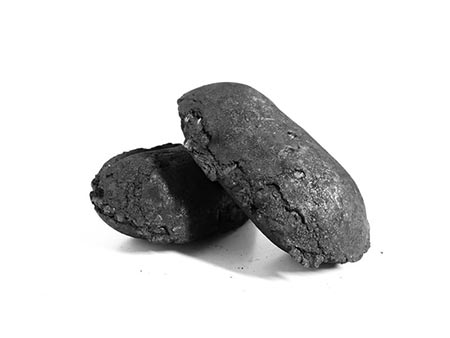How to make electrode paste?
Making electrode paste involves mixing conductive materials with binders and solvents to create a homogenous paste that can be applied to a substrate to form an electrode. The specific recipe and process can vary depending on the application (e.g., batteries, fuel cells, capacitors) and the type of electrode (anode or cathode). Here is a general guide to making electrode paste:
Materials Needed
1.Active Material:
For Cathodes: Lithium cobalt oxide (LiCoO2), Lithium iron phosphate (LiFePO4), Nickel manganese cobalt oxide (NMC), etc.
For Anodes: Graphite, Silicon, Tin, etc.
2.Conductive Additive:
Carbon black, graphene, carbon nanotubes, etc.
3.Binder:
Polyvinylidene fluoride (PVDF), Sodium alginate, Styrene-butadiene rubber (SBR), etc.
4.Solvent:
N-Methyl-2-pyrrolidone (NMP), Water, Ethanol, etc.
Equipment Needed
* Mixing Equipment: Planetary mixer, ball mill, or high-speed disperser.
* Coating Equipment: Doctor blade, slot-die coater, or screen printer.
* Drying Oven: For solvent evaporation.

Steps to Make Electrode Paste
1.Prepare Materials: Measure the required amounts of active material, conductive additive, binder, and solvent. Typical ratios are:
80-90% active material
5-10% conductive additive
5-10% binder
2.Mixing:
Step 1: Mix the conductive additive with the solvent to create a conductive slurry. Ensure the conductive additive is well dispersed to avoid agglomeration.
Step 2: Slowly add the active material to the slurry while continuously mixing to ensure even distribution.
Step 3: Dissolve the binder in the remaining solvent. If using PVDF, it can be dissolved in NMP. If using water-soluble binders like sodium alginate, dissolve in water.
Step 4: Gradually add the binder solution to the active material-conductive slurry mixture. Mix thoroughly until a homogenous paste is obtained. This may require high shear mixing to achieve the desired consistency and dispersion.
3.Adjust Consistency: Adjust the viscosity of the paste by adding more solvent if it is too thick or more binder if it is too thin. The paste should have a smooth, uniform texture.
4.Application:
Apply the paste onto the substrate (such as aluminum foil for cathodes or copper foil for anodes) using your chosen coating method (doctor blade, slot-die coater, etc.).
Ensure an even coating thickness, typically in the range of 20-100 micrometers, depending on the application.
5.Drying:
Dry the coated electrodes in an oven to evaporate the solvent. Drying temperatures and times depend on the solvent used (e.g., 80-120°C for NMP, room temperature to 80°C for water-based pastes).
Ensure complete drying to avoid residual solvent which can affect electrode performance.
6.Calendering (Optional):
Calender the dried electrode to achieve the desired density and mechanical properties. This step involves passing the electrode through rollers to compress it.
Safety and Handling
* Wear appropriate personal protective equipment (PPE) such as gloves, goggles, and lab coats.
* Work in a well-ventilated area or fume hood when handling solvents and fine powders to avoid inhalation and exposure.
Follow all safety protocols for handling chemicals and equipment.
Quality Control
* Test the homogeneity and consistency of the paste regularly.
* Perform electrochemical tests on the finished electrode to ensure it meets the desired specifications.
By following these steps, you can create a consistent and high-quality electrode paste suitable for various electrochemical applications. Adjustments may be needed based on specific material properties and application requirements.





